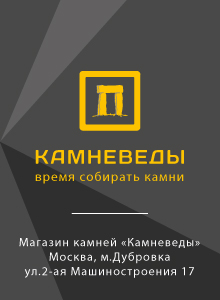Комиссия IMA по новым минералам и названиям минералов: нормы и рекомендации по номенклатуре минералов, 1998 Номенклатура политипов, политипоидов и полиморфов
Nomenclature of polytypes, polytypoids and polymorphsThe approved system for denoting polytypes is the modified Gard notation recommended by the International Mineralogical Association and the International Union of Crystallography (Bailey et al. 1978, Guinier et al. 1984, Nickel 1993). It consists of the mineral name followed by a hyphenated, italicized suffix comprising an alphabetical character to indicate crystal system, preceded by a numerical symbol to indicate multiplicity of the structural unit, as first proposed by Ramsdell (1947). This system can also be used for topologically similar polymorphs and for polytypoids. The alphabetical characters to be used in the suffixes are as follows: cubic: C, tetragonal: Q (for Quadratic), hexagonal: H, trigonal: T, rhombohedral: R, orthorhombic: O, and triclinic: A (for Anorthic).
Example 1: Muscovite-1M is the monoclinic polytype of muscovite with c = 10 Å; muscovite-2M1 is the monoclinic polytype of muscovite with c = 20 Å, and muscovite-3T is the trigonal polytype of muscovite with c = 30 Å.
Example 2: Analcime has a number of topologically identical polymorphs caused by different degrees of order of Al and Si in the tetrahedral structural sites. The different polymorphs are distinguished by the suffixes –1C, –1Q, –1M, etc.
источник
|
info@kristallov.net Правила копирования и цитирования материалов с сайта Кристаллов.Net |
| Карта сайта |
|
© Кристаллов.net | Kristallov.net Copyright 2010-2017 Систематика и классификация минералов, горных пород, метеоритов, окаменелостей |

